Caledonian Forest explained: Exploring Scotland’s forestry heritage after news of 15.7 million trees cut for wind farms
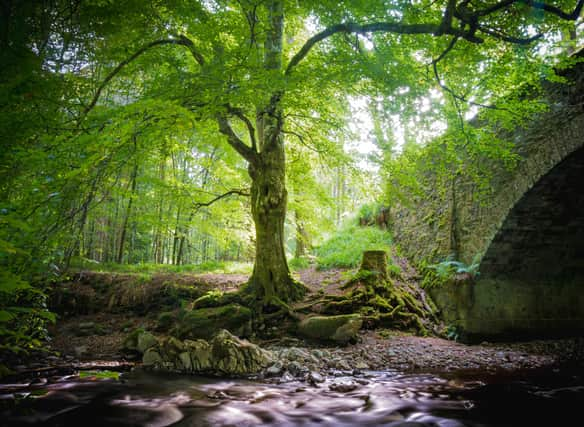

Amid a push to build more wind turbines, Scottish Tory MSP Liam Kerr said almost 16 million trees had been felled in Scotland to accommodate wind farms. He cited that concerns over this development had been raised to him “by communities all over the country” and said the public would be “astonished” by the total number of trees cut down.
According to a report by The Telegraph: “Mairi Gougeon, the Rural Affairs Secretary, estimated that 15.7 million trees had been felled since 2000 in land that is currently managed by agency Forestry and Land Scotland (FLS) - the equivalent of more than 1,700 per day.
Advertisement
Hide AdAdvertisement
Hide Ad“Scotland already has turbines theoretically capable of generating 8.4GW of power, well over half the UK’s total, but SNP ministers want to add a further 8-12GW.”
The Secretary ‘insisted’ that there was ‘planning presumption’ for protecting forests and that it would be expected that wind turbine developers take on “compensatory planting elsewhere”.
TVP World reported that the “Forestry and Land Scotland (FLS) responded to criticism by saying it had planted more than 500 million trees since 2000 and that the quantity felled for wind farms equated roughly to its annual harvesting program.”
However, policy critics note that growing new trees from seeds is more labour-intensive than preserving existing forestry. Cultivating new trees is more demanding on time and care in watering, fertilising and controlling pests until the tree is self-sufficient.
In their piece entitled “Why Protecting Existing Trees Can Be Better than Planting New Ones”, Eco Cart explains that mature trees store carbon more effectively than younger ones. They explain: “Even if we replanted every tree cut down, it takes time and effort before newer trees can capture as much carbon as effectively as mature trees.
“While some logging is necessary (and even beneficial), preventing climate change is the biggest reason why we shouldn’t cut down trees by the masses.”
Regardless of where critics stand on these policies, given that they are occurring in Scotland it reminds us of our great forestry heritage when the region was once coated by a vast woodland known as the Caledonian Forest. With an abundance of natural wonders including lochs, mountains, waterfalls, world heritage sites, award-winning scenery and much more, it comes as no surprise that forestry is another of Scotland’s accolades.
Here is an overview of the Caledonian Forest i.e., the arborescent ancestry of Scotland including when it existed, what it looked like and how it came to vanish from existence.
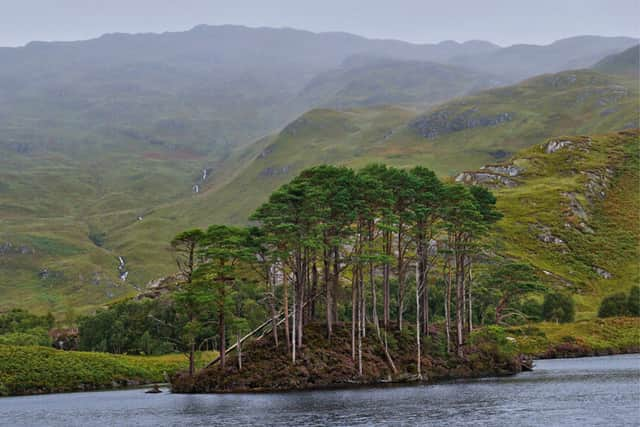

What was the Caledonian Forest?
Advertisement
Hide AdAdvertisement
Hide AdAccording to Visit Scotland: “The Caledonian Forest was once a vast woodland that colonised most of Scotland.
“Formed at the end of the last ice age, its remains can be seen in the ancient pinewood of Glen Falloch and Tyndrum in The Loch Lomond & The Trossachs National Park.
“A unique ecosystem, these woods are home to a variety of rare flora and fauna, some of which aren’t found anywhere else in the British Isles.”
Its name is said to come from the Romans who referred to Scotland as ‘Caledonia’ which reportedly means ‘wooded heights’.
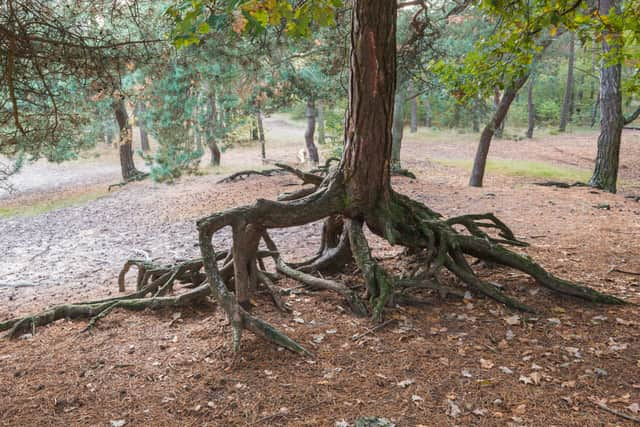

When did the Caledonian Forest exist?
The Cairngorms National Park writes: “The Scots pine we see now are directly descended from these first pines that arrived in Scotland following the Late Glacial period around 7,000 BCE and formed the westernmost outpost of the Boreal Forest in Europe.
“It is estimated to have reached a maximum coverage of 1.5 million hectares around 5,000 BCE. Then as the climate became wetter and windier the forest reduced significantly by 2,000 BCE and from this time onwards human intervention reduced the forest to its current extent.”
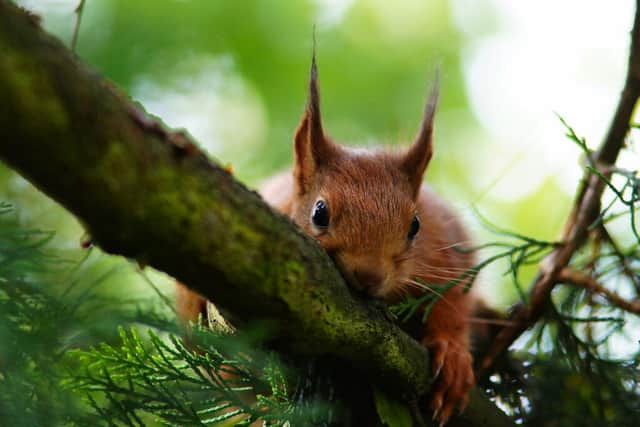

Why did it disappear?
Dr Richard Tipping, a former professor at the University of Stirling who researched Scotland’s environmental archaeology, said that “natural climate change will have affected trees growing at the ends of their ranges, causing shrinkage or fragmentation of forests.”
However, the dramatic decrease in native trees today cannot be attributed to that alone. In a report published last year, National Geographic wrote there was “an estimated 1,500,000 hectares of pine habitat alone, down to around 17,900 hectares today.”
Advertisement
Hide AdAdvertisement
Hide AdTipping noted that human intervention accounted for most of this decline. Around 4,000 years ago, in the Bronze Age, deforestation likely began as hunting and grazing spread over the land. This continued through the Iron Age and by the Middle Ages the demand for timber grew as materials for ships, buildings and other settlements, expediting deforestation.
In later centuries, mass hunting of apex predators who lived in the forests saw them cleared out, paving the way for more invasive action against the environment. Events like the Highland Clearances saw ‘huge swathes’ of territory used for sheep farming, grazing by the livestock further damaged the chance of seedling regeneration i.e., forest recovery.
The Industrial Revolution and World Wars also accelerated felling in Scotland. National Geographic summarise: “Timbers were harvested for shipbuilding in Glasgow and Edinburgh, and even lined the Allied trenches of the First World War.
“The even more ecologically costly Second World War galvanised Britain’s desire for a self-sufficient source of timber, and so the Sitka spruce was introduced from North America.
“Its rapid growth and ease of intensive planting leading to widespread clearing, ploughing and disruption of old forest, and out-competition of native species – reaching a zenith in the 1960s and 1970s.”
Native species of Scotland like the Red Squirrel relied on these woodland habitats which is partly why they are now at the centre of conservation programs.
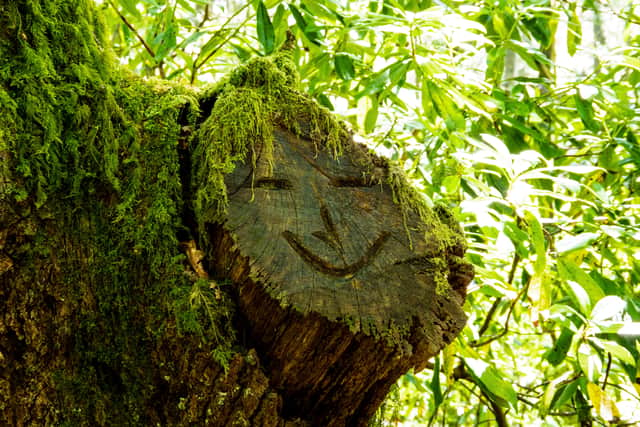

Where are the National Forest Parks in Scotland?
Forestry and Land Scotland confirm that there are six national forest parks in the country which they describe as “the crown of Scotland’s forests.” Here are their names and where you can find them:
- Queen Elizabeth Forest Park (Loch Lomond and The Trossachs National Park)
- Argyll Forest Park (Cowal peninsula in Argyll and Bute)
- Galloway Forest Park (Strathclyde and Dumfries and Galloway)
- Tay Forest Park (Perthshire)
- Tweed Valley Forest Park (Scottish Borders)
- Glenmore Forest Park (Cairngorms National Park)
Comments
Want to join the conversation? Please or to comment on this article.
